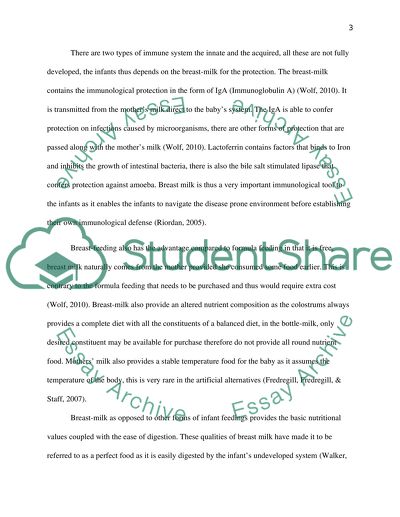Cite this document
(“Advantages of Breast-Feeding to Formula Feeding in Infants Essay”, n.d.)
Advantages of Breast-Feeding to Formula Feeding in Infants Essay. Retrieved from https://studentshare.org/health-sciences-medicine/1436801-identify-the-issues-in-a-defined-neighbourhood
Advantages of Breast-Feeding to Formula Feeding in Infants Essay. Retrieved from https://studentshare.org/health-sciences-medicine/1436801-identify-the-issues-in-a-defined-neighbourhood
(Advantages of Breast-Feeding to Formula Feeding in Infants Essay)
Advantages of Breast-Feeding to Formula Feeding in Infants Essay. https://studentshare.org/health-sciences-medicine/1436801-identify-the-issues-in-a-defined-neighbourhood.
Advantages of Breast-Feeding to Formula Feeding in Infants Essay. https://studentshare.org/health-sciences-medicine/1436801-identify-the-issues-in-a-defined-neighbourhood.
“Advantages of Breast-Feeding to Formula Feeding in Infants Essay”, n.d. https://studentshare.org/health-sciences-medicine/1436801-identify-the-issues-in-a-defined-neighbourhood.


